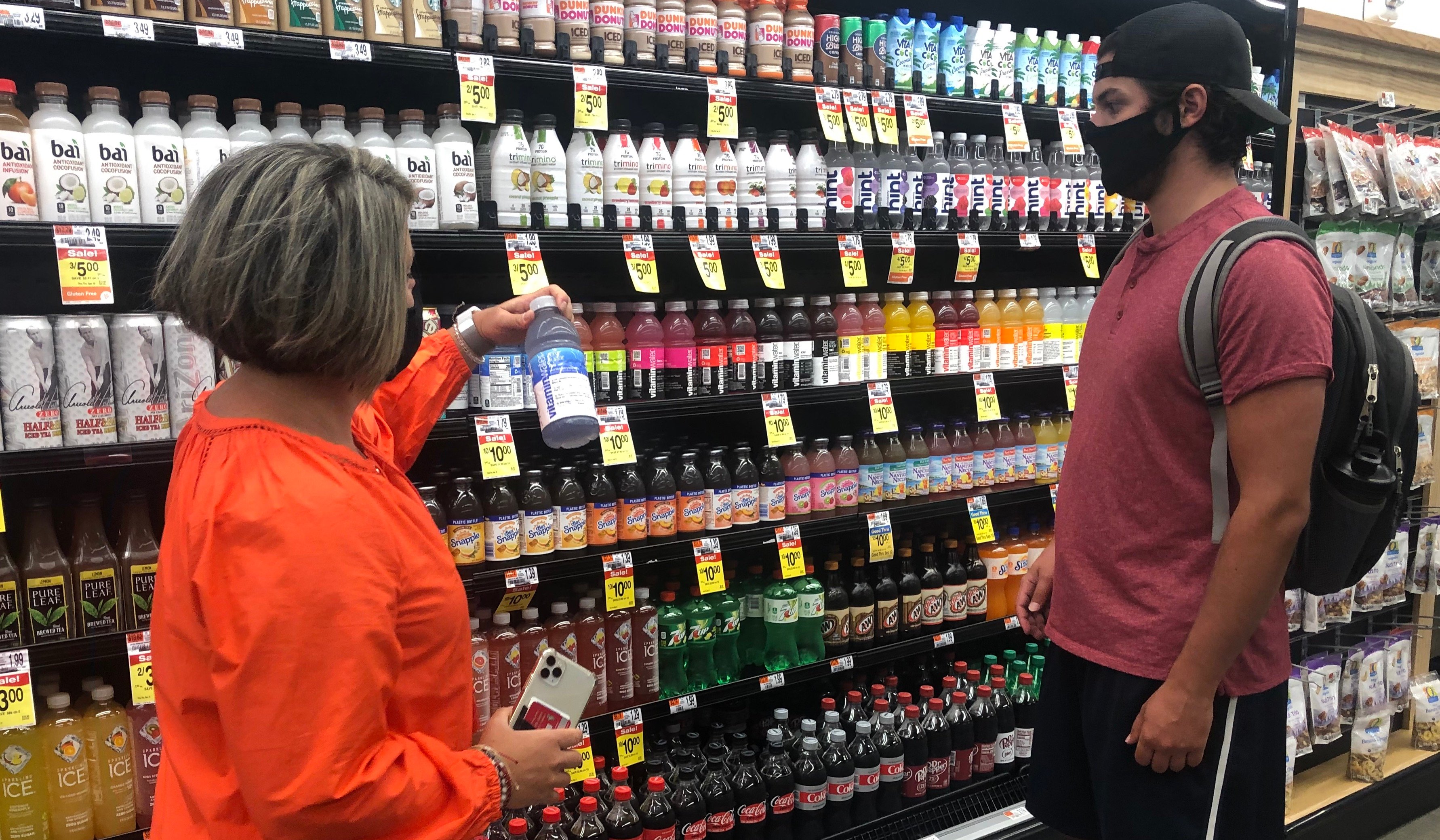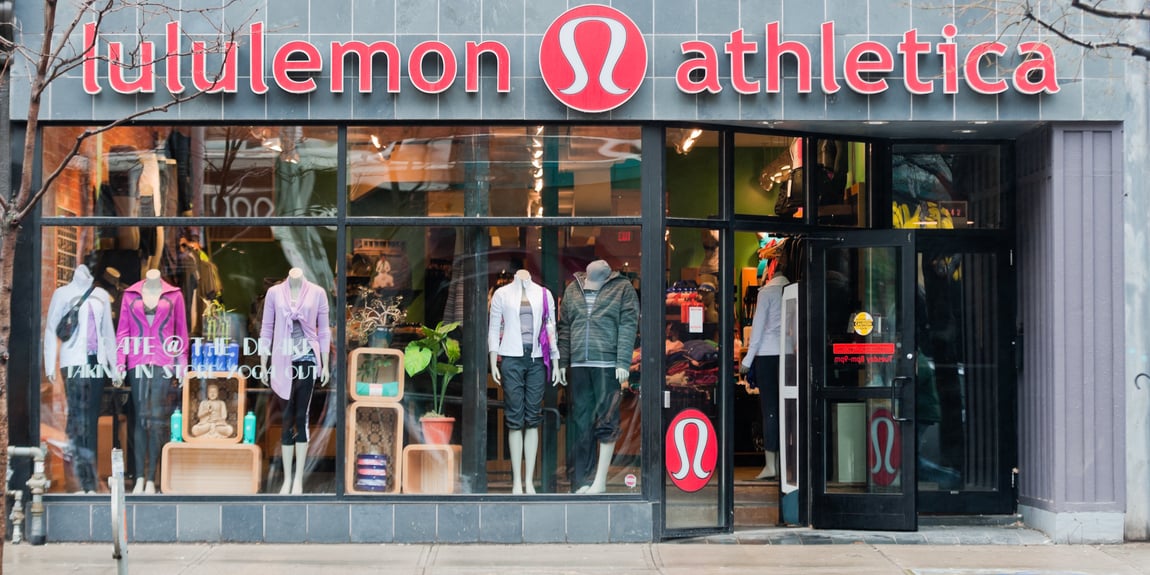Today, 90 percent of customers browse stores with phone in hand, so brick-and-mortars should think of mobile as a medium for building relationships.
According to Gartner Research, half of the top ten multichannel retailers will be using mobile apps and other “associate engagement platforms” to entice customers into physical stores by 2020. By leveraging mobile apps, being active on social networks and empowering employees with mobile, brands can take advantage of the opportunity these devices present to bolster business.
Optimize Retail Apps for In-Store
eMarketer recently reported that 78 percent of smartphone owners have at least one retail app installed. The classic use-case of apps in-store is to push promotions, but many companies get it wrong, cautions Polly Alluf, chief marketing officer at app-builder Insert.io.
“It’s really important to avoid generic offers,” says Alluf.
Customers inside Sephora, for example, scan barcodes to check product reviews with their phones. Home Depot’s mobile app includes a store map to help shoppers navigate their way through aisles, using voice-search or image-search to locate products.
“These gestures win big with customers because they feel like you’re prepared in advance to help them,” says Alluf. When designing apps for in-store, focus on utility for the customer—and think beyond the basics.
Hit a Social Stride
A recent Gartner study found that more than half of respondents who use a social network reported making a purchase based on a brand’s social media activity. But the same study revealed that instead of going to brick-and-mortar stores to buy things they found on social, customers are opting to make online purchases. To re-engage consumers in stores, brands can cultivate the store as a social media destination instead.
Swedish department store Åhléns drove in-store sales by running a game on Instagram. Followers were shown a video where in-store products flashed quickly and then disappeared. The challenge was to take a screenshot of the item, post a picture of it with the campaign hashtag, and visit a store to claim their reward: the item they took a screenshot of marked down to half-price. Thousands of followers participated, boosting sales.
More than 90 percent of retail brands are present on two or more social networks, so while it seems like everyone’s jumping on the social media train, so brands should carefully choose which platform resonates most with their business. While Snapchat and Instagram are effective for fashion brands, furniture store IKEA does well on Pinterest. Consider how consumers are engaging with the product. Do they want to capture product images? Try Snapchat or Instagram. Are products part of larger plans or projects? Pinterest is the go-to. Hosting an in-store event? Make sure it’s on Facebook.
Employees Have Phones, Too
Long gone are the days when employees should need to “check in the back” or disappear behind a desktop to answer a customer’s question. Mobile empowers employees to help customers anywhere in the store. According to Jack Narcotta, an analyst covering mobile trends at Technology Business Research, retailers only need to invest in an app. He advises leading retailers use IT resources to develop both iOS and Android apps, so employees can download it no matter their device.
The way brands use their apps varies based on need. Grocer Tesco’s employees use their own devices for customer service in stores. The app gives employees access to stock information, helps them locate items in-store and alerts them to deals—all of which they can then relay to customers. Employees of eyewear brand Luxottica can use mobile to order products customers have found in-store in a certain style or color and ship them directly to customers. Brands developing apps for their employees can consider integrating product information, to assist employees in answering specific questions from customers—particularly helpful if employees are responsible for a large inventory. Brands can also allow employees to use their phone as a checkout station, allowing customers to make a purchase when and where they’re ready.
Mobile phones have the potential to improve the experience of customers in-store, as well as enhance a brand’s marketing strategy and customer service. Because customers use them so regularly—and readily—brands should view mobile the same way they’re beginning to think of online: not as a direct competitor, but as one of the many channels they’ll use to interact with customers.



